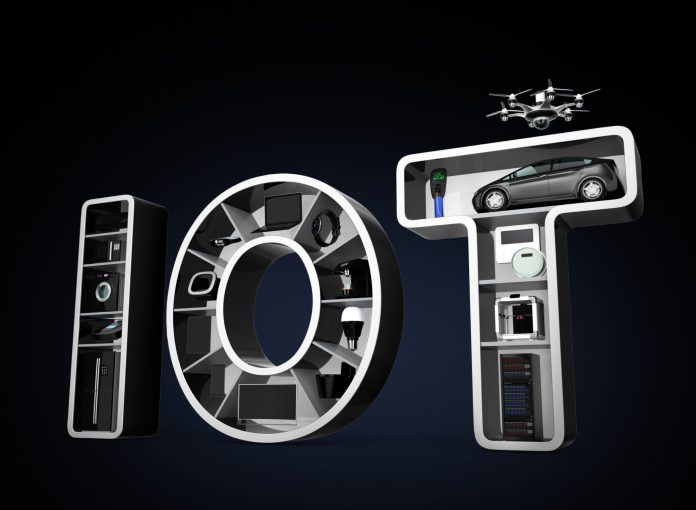The internet of things may someday deliver a world of robots and intelligent machines that control all manner of devices, but for now, most connected devices are ultimately controlled by humans. Humans need information – we demand data, and then we want data about our data. But our capacity is limited, so if dozens of devices deliver data in different formats, we can’t make comparisons or draw conclusions. That’s why creating a consistent framework for IoT data is so important to the companies selling IoT services to enterprise customers. The nationwide wireless carriers all market IoT software platforms, as do the major radio equipment vendors, Nokia and Ericsson.
Nokia’s Jason Collins, VP for IoT marketing, compares the IoT to the internet before web browsers made data accessible and consistent. He thinks the fragmentation of IoT platforms and applications is holding back investment.
“It has not grown … as fast as people expected and I think the reason for that is there is a fundamental structural problem in the industry,” said Collins. “We don’t have the bridge that allows one application to take advantage of multiple deployments of these machine-to-machine solutions that are going out there. The industry lacks standards, it lacks interoperability … and so what’s needed, we think, is to put layers in the architecture that essentially hide complexity at the device and connectivity and lower layers from the applications that exist at the higher layers.”
Nokia’s IoT platform, called IMPACT, includes device management, analytics, security and an IoT community to encourage collaboration. U.S. Cellular, which is using the platform to expand its IoT service, says Nokia will help the carrier offer “an intuitive connectivity portal” to customers who want to manage IoT devices on the U.S. Cellular network.
Wireless carriers are Nokia’s biggest customers, but convincing the largest ones to adopt its IoT platform could be a tough sell. Verizon Wireless and AT&T have their own IoT platforms, both of which offer many of the same features Nokia offers. These carriers know the makers of software will land higher on the IoT value chain than the providers of connectivity. AT&T and Verizon will make their IoT platforms available even to customers who don’t use their networks.
Sprint has said it is working to consolidate its IoT platform offerings, but has not said whether it will launch its own platform. In the past the carrier has worked with Aeris for its Command Center platform and has also deployed solutions using other software. T-Mobile US has partnered with Twilio and Netcracker for IoT platforms, and also offers a platform on its own called M2M Hub.
GE, Oracle, Cisco, Salesforce, IBM, Microsoft, Amazon and PTC (Thingworx) also offer IoT platforms, and there are many others as well. Competition spurs innovation and keeps prices under control, but in a brave new world like the internet of things it can also keep customers on the sidelines. Some companies will hesitate to invest in solutions that may be eclipsed by others down the road.
Right now most enterprise-level IoT solutions are highly specialized to fit the needs of a certain company or customer. IoT platforms have the potential to connect these disparate deployments and create new synergies. Companies have many choices here because carriers, equipment makers, and cloud service providers all offer IoT platforms. Over time some of these platforms may converge, and as winners emerge companies may accelerate their investments in the IoT.
Follow me on Twitter.

